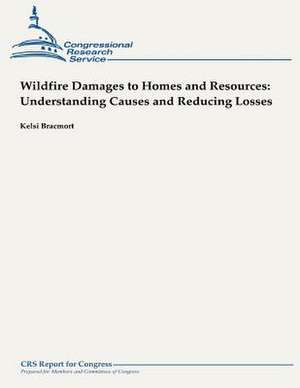Wildfire Damages to Homes and Resources
Autor Kelsi Bracmorten Limba Engleză Paperback
Preț: 80.56 lei
Nou
Puncte Express: 121
Preț estimativ în valută:
15.42€ • 16.80$ • 12.99£
15.42€ • 16.80$ • 12.99£
Carte disponibilă
Livrare economică 02-16 aprilie
Preluare comenzi: 021 569.72.76
Specificații
ISBN-13: 9781490945385
ISBN-10: 1490945385
Pagini: 34
Dimensiuni: 216 x 279 x 2 mm
Greutate: 0.1 kg
Editura: CREATESPACE
ISBN-10: 1490945385
Pagini: 34
Dimensiuni: 216 x 279 x 2 mm
Greutate: 0.1 kg
Editura: CREATESPACE
